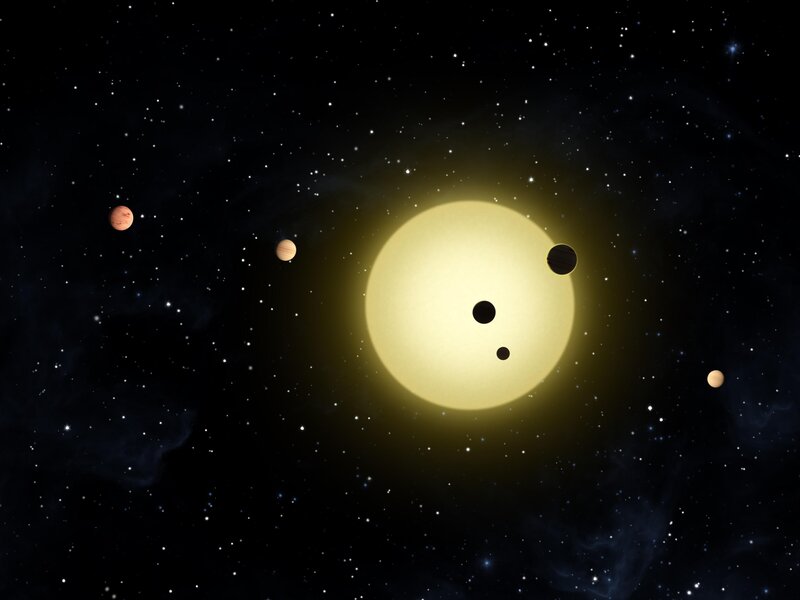Often, the most exciting scientific discoveries are those that aren't explainable by current scientific theories. The Kepler-11 system certainly left researchers scratching their heads.
The orbits of the first five planets could fit inside Mercury's orbit. The sixth could fit inside Venus's orbit. Finding so many planets bunched so close together was surprising enough. What made the discovery even more perplexing is that these weren't Mercury-size planetary minnows. Each was 2 to 4 times larger than Earth.
And they weren't the same. The two innermost planets appeared to be a mix of rock and water, while the low mass of the next three suggest that "a substantial fraction of their volume must be made of hydrogen and helium gases," Jack Lissauer, a member of the Kepler team, told the Monitor when the announcement was made in February 2011.
It's a planetary system "of a type we had no idea existed," he said.






